Additive manufacturing (or 3D printing) technology is a key technology to improve the design and manufacturing capabilities of spacecraft and will play a greater role in future space exploration. Future plans include testing engines with liquid oxygen and methane propellants, an important propellant for Mars landers, as methane and oxygen may be present on Mars.
NASA Marshall Space Flight Center Project Manager Elizabeth Robertson said: "We used 3D printing technology to manufacture and test about 75% of rocket engine components. We will pass the tested 3D printing turbo pumps, injectors and valves. Tested together, it can be concluded that 3D printing of a multi-purpose engine is entirely possible, it can be used for landers, space propulsion systems or upper-stage rocket engines."
For the past three years, the Marshall team has been working with manufacturers to develop 3D printed components, including turbo pumps and injectors, and tested them separately. This is the first time these parts have been put together and tested as a real engine, but they are not packaged together like a conventional engine.
“In engineering terms, this is the so-called experimental machine,†the test leader explained. “It is important that these components work in the same way as conventional engines and need to withstand the extreme temperatures and pressures within the rocket engine. Pump speeds of up to 90,000 revolutions per minute (rpm) ultimately result in thrust chambers producing more than 20,000 pounds of thrust, such engines can provide the required thrust for rocket or Mars detectors."
NASA conducted a total of seven tests, the longest of which lasted 10 seconds. During the test, the 3D printed verifier was subjected to all extreme environments when the flying rocket engine generated thrust. The fuel burned at temperatures exceeding 6000 degrees Fahrenheit (3315 degrees Celsius), which was mainly used to provide liquid hydrogen fuel. At a temperature of 400 degrees Fahrenheit (minus 240 degrees Celsius). These tests used cryogenic liquid hydrogen and liquid oxygen propellants commonly found in spacecraft propulsion systems. Although methane and oxygen have proven to be more suitable propellants for Mars detection, the use of cryogenic liquid hydrogen and liquid oxygen propellants can produce the most extreme temperatures and expose parts to cryogenic liquid hydrogen (which can lead to embrittlement) ) to be able to test the extreme performance of 3D components. The team also plans to use methane and test other critical components such as cooling combustors, nozzles and turbo pumps.
"The main purpose of NASA's testing is to reduce the cost and risk of using additive manufacturing technology because it is a relatively new technology." Robertson said, "Our experience gained through this project will be comparable to that of US companies. Shared by our partners."
These components are manufactured using a selective laser melting process in which the number of 3D printed turbo pump components is reduced by 45% compared to pumps manufactured using conventional soldering and assembly processes, while injectors are more traditional than conventional methods. Manufacturing has reduced more than 200 parts and its performance is not possible with other methods. For complex parts such as valves, the production cycle usually takes more than a year, and 3D printing technology can reduce it to several months.
Marshall's propulsion designers say the new manufacturing process expands the design space to design geometries that traditional machining or casting methods cannot achieve, for example, in the design of valves for this engine, on individual parts. A more efficient structure is achieved to achieve performance optimization.
New modern design--coexistence of simplicity and luxury. Total solution for thermostatic Shower Mixer .
bath shower mixer are constructed of high grade brass for durability. Capturing the elegance of a bygone era, the HIDEEP
 exposed shower mixer are reminiscent of old-world design.
exposed shower mixer are reminiscent of old-world design.FEATURES
• Finishes resist corrosion and tarnishing.
• Beautifully finished in pvd gold plated .
• 18L/min (liter per minute) Minimum flow rate.
• 5 Year Guarantee.
Material
• Sturdy brass construction.
Installation
• Surface mounted.
• Easy installation.
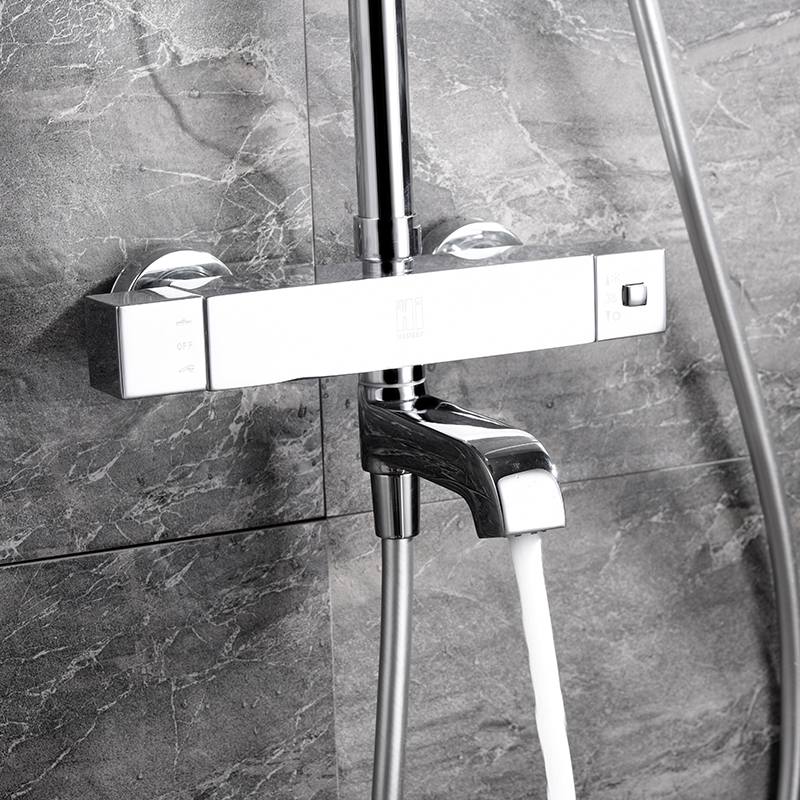
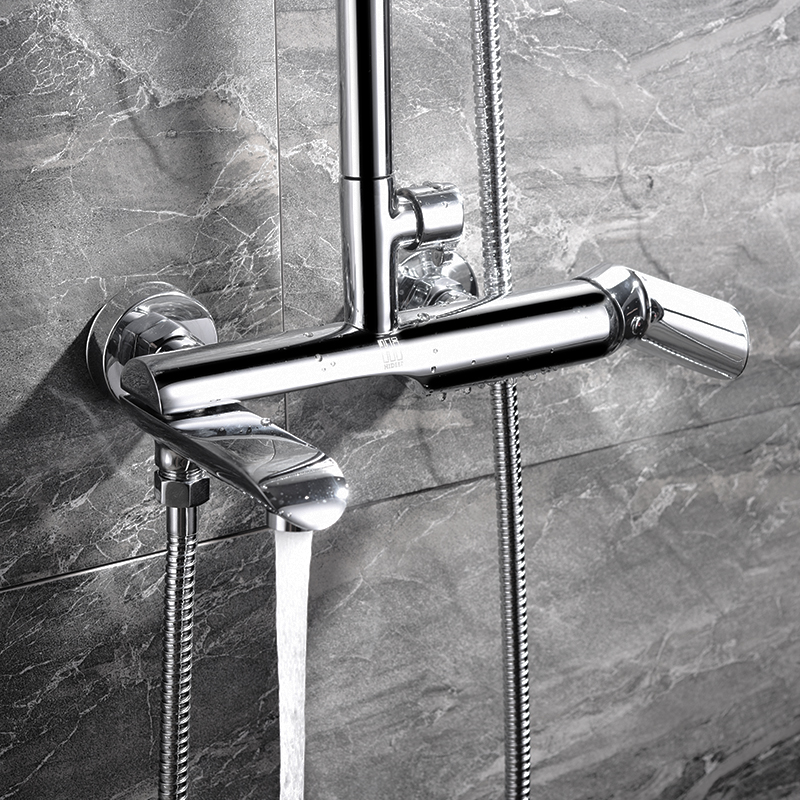
|
HIDEEP Product line |
||||||
|
HIDEEP Product Information |
||||||
|
Product description |
Shower faucet |
|||||
|
Brand name |
HIDEEP |
|||||
|
Material |
Brass main body and zinc alloy handle |
|||||
|
Material analysis |
Cu≥59% |
|||||
|
Air pressure testing |
0.6 Mpa |
|||||
|
The thickness of chrome plating |
Nickel>8um Chrome>0.2um |
|||||
|
Salt spray test |
24 hours |
|||||
|
Water flow |
Bath/Shower Mixer≥18L/min, |
|||||
|
Cartridge life time |
300,000 times open and close |
|||||
|
Quality guarantee |
5 Years quality guarantee |
|||||
|
Certification |
ISO9001, CE |
|||||
|
OEM and ODM |
Acceptable |
|||||
|
Installation mode |
Wall-mounted |
|||||
|
Function |
Hot/cold water mixer |
|||||
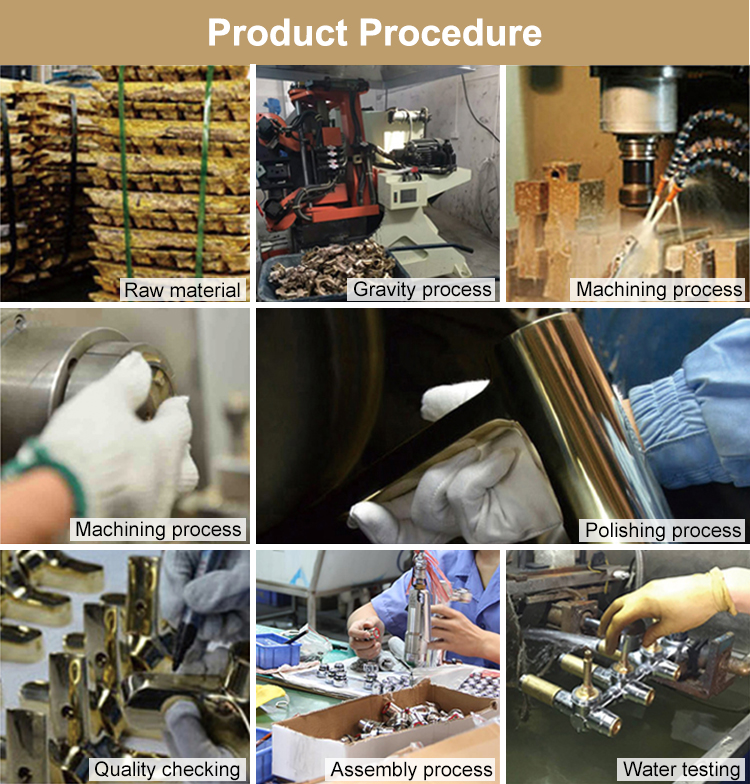
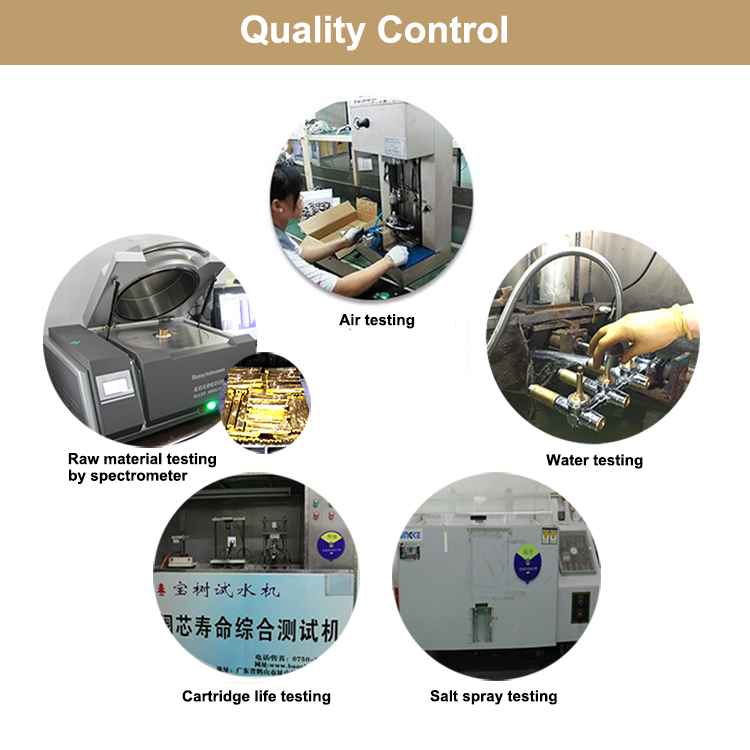
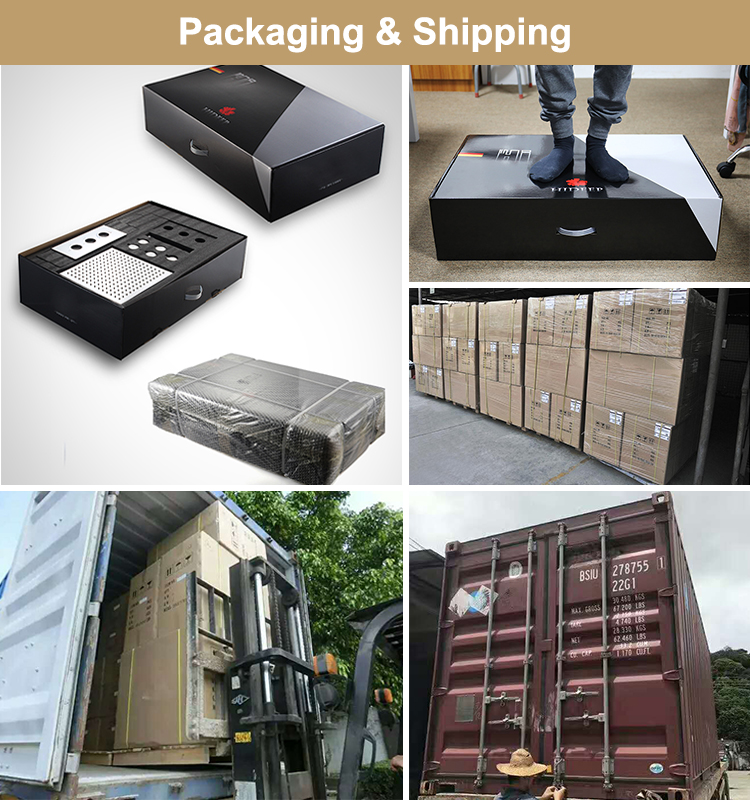
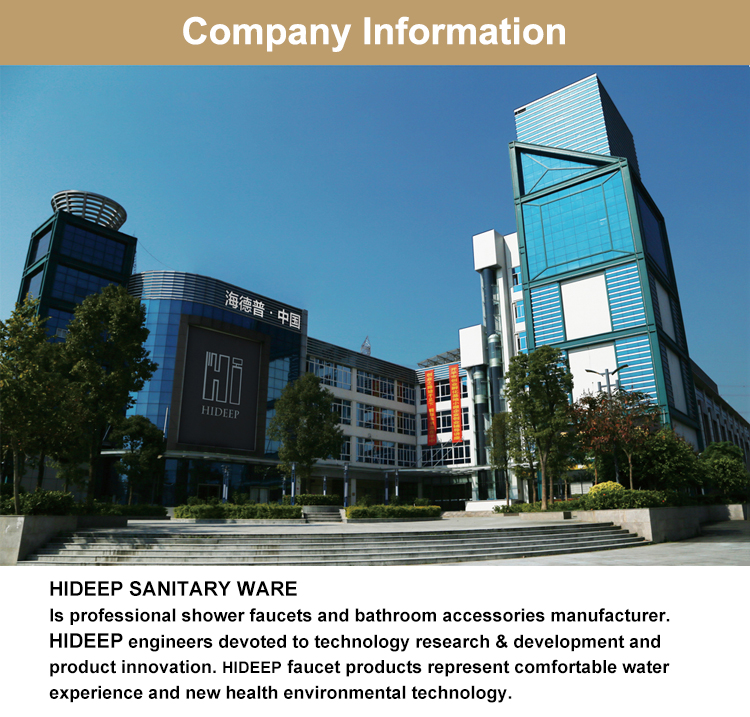
Shower Faucet
Shower Faucet,Bathroom Shower Faucet,Shower Mixer Faucet,Sanitary Shower Faucet
Kaiping HIDEEP Sanitary Ware Co., Ltd. , http://www.hideep-faucet.com
